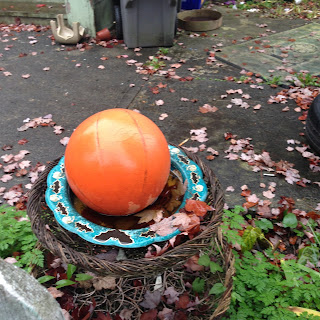Colony Farm at Riverview was once a provincial showpiece and the source of almost all the food supplied to the hospital. Alas, times change and in 1983, the farm closed. There were rumours that the land would be redeveloped for a racetrack or industrial purposes. Fortunately, that's all they were. Rumours.
In 1995, that area became a regional park and protected lands. Two years after, a state-of-the-art, 190-bed Forensic Psychiatric Hospital was built on an adjacent site.
Also in 1983, West Lawn, Essondale/Riverview's original building, closed. The population at the hospital had declined dramatically and the building was outdated.
By 1986, Riverview was actively promoting the involvement of families in patient care. There was a new family care centre in the Tuck Shop Building in 1986.
After several years of consultation, the BC Government released a draft plan in 1987 for the old hospital. The report noted Riverview's buildings as 'outdated and often dilapidated' and suggested reducing the beds from 1,300 to 550 and allocating the money saved to community mental health services.
However, Riverview still had value. The acute care psychiatric units at BC Hospitals didn't have the specialized expertise in dealing with certain patients that Riverview had. So Riverview took on a new role and whenever a patient couldn't be treated in the hospital, they were transferred to Riverview.
“When I was responsible for the psychiatric programs at Vancouver General Hospital, at any point in time we had maybe 12 people waitlisted for Riverview. They either needed longer periods of treatment or they were very aggressive and difficult to manage. The same thing was true at other hospitals. The hope was that the acute care units would take all these patients and they’d never come to Riverview, but the reality was that there was a steady stream of people coming to Riverview.”
John Higenbottam Vice-President, Clinical Services at Riverview, 1980-1992
Thanks to the PDF, Riverview, A Legacy of Care and Compassion for the above information.
I hope you find the beauty around you.
Karen Magill




















No comments:
Post a Comment